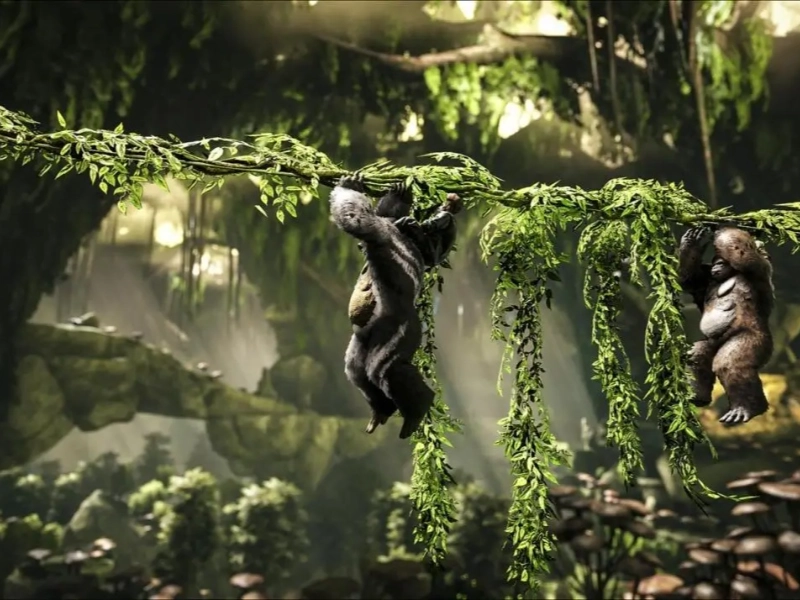Advertisement
4. Seed Ferns: The Evolutionary Bridge

Among the most fascinating late Palaeozoic era plants were the pteridosperms, or seed ferns. Originally found in the late Devonian period and flourishing during the Carboniferous and Permian periods, these plants offer an intriguing evolutionary link between the ancient spore-producing plants and the current seed plants that define today's landscapes.
Seed ferns combined traits of ferns and seed-bearing plants. Their big, compound leaves opened as they developed, much as those of ferns. But unlike actual ferns, seed ferns prospered by seed rather than spore reproduction. Protection for the growing embryo and a food source for the young plant were two benefits of this invention; it also let seed ferns occupy drier environments hostile to spore-producing plants.
Among the most well-known seed ferns was Glossopteris, which dominated the southern continents throughout the Permian era. Large, tongue-shaped leaves with a unique vein network defined these plants. As the hypothesis of continental drift suggested—that these landmasses were previously connected—the discovery of Glossopteris fossils on several continents now greatly apart offered some of the first proof supporting the notion.
Seed ferns were not actual ferns, nor direct descendants of contemporary seed plants despite their name. Rather, they reflect a separate evolutionary experiment in seed production. Although seed ferns finally became extinct, the seed-bearing quality they pioneered would prove to be one of the most successful adaptations in plant evolution, resulting in gymnosperms and, later, flowering plants.
